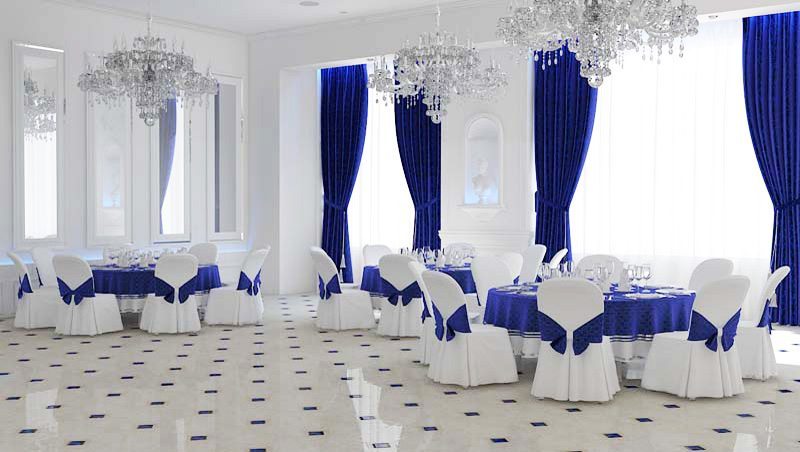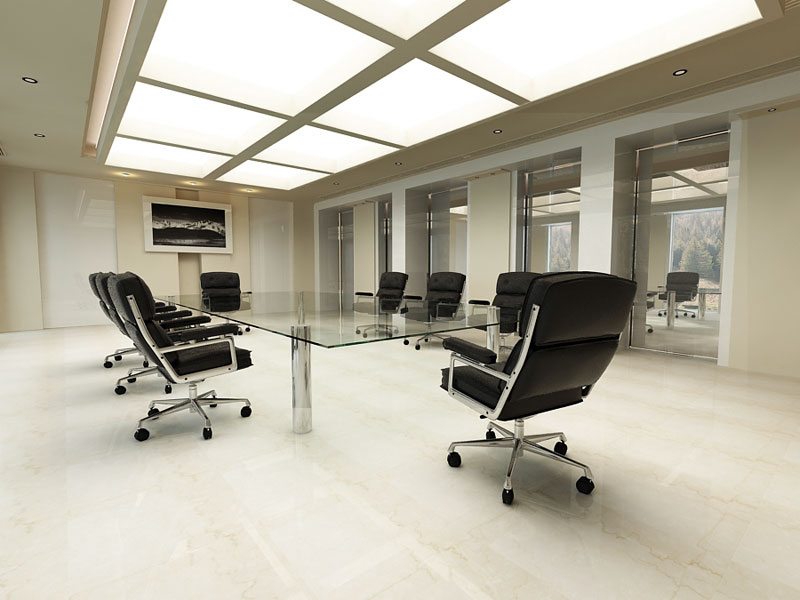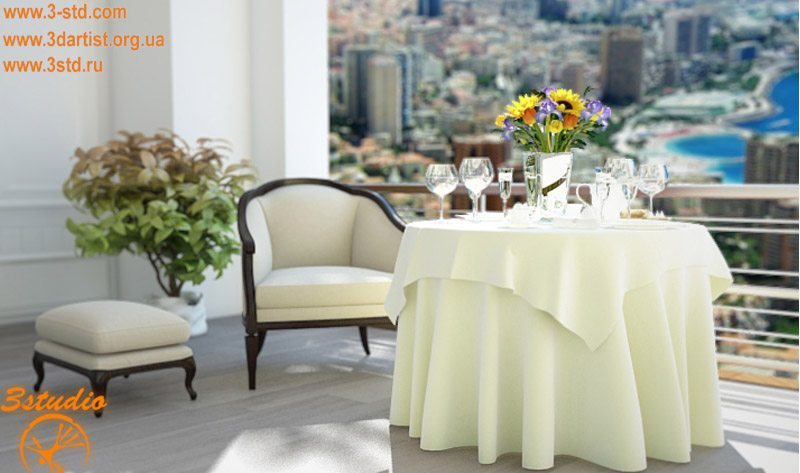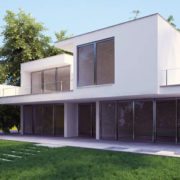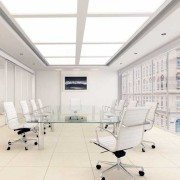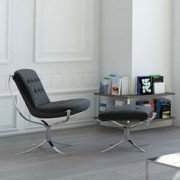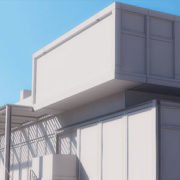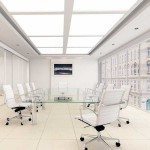Using 3ds Max and V-Ray for 3D interior rendering is a popular choice among professionals due to the powerful features and realistic output these tools provide. Here’s a basic overview of the process:
1. Setting Up the Project in 3ds Max
- Modeling the Space: Start by modeling the interior space. This involves creating walls, floors, ceilings, and any built-in elements like windows or doors. You can do this from scratch or import floor plans as a reference.
- Furniture and Details: Add furniture and other details. These can be modeled or imported from a library of 3D models.
- Organizing the Scene: Use layers or groups to organize different elements in your scene, making it easier to manage and render.
2. Texturing and Materials
- Applying Materials: Use V-Ray materials to create realistic surfaces. This includes setting up diffuse colors, reflections, glossiness, and bump or displacement maps.
- UVW Mapping: Properly map the textures to your objects to ensure they appear realistic and correctly scaled.
3. Lighting
- Natural Light: If your scene has windows, set up V-Ray Sun and Sky for natural lighting. Adjust the sun angle based on the geographic location and time of day you want to simulate.
- Artificial Lighting: Add V-Ray lights to simulate artificial sources like lamps or ceiling lights. Experiment with intensity and color to achieve the desired mood.
- Light Balance: Balance the intensity and color of different light sources for a realistic effect.
4. Camera Setup
- Choosing Camera Angles: Place cameras at strategic locations to capture the best views of the interior. Consider using V-Ray Physical Camera for more realistic effects.
- Setting Parameters: Adjust focal length, depth of field, and other camera settings to enhance the composition and focus of your renders.
5. Rendering Settings
- Test Renders: Conduct test renders with lower quality settings to adjust composition and lighting quickly.
- Final Render Settings: Once satisfied, increase the render quality settings. Tweak parameters like image resolution, anti-aliasing, and global illumination settings for the best results.
- Render Elements: Use render elements for greater control in post-production. This includes separate passes for lighting, reflection, refraction, and more.
6. Post-Production
- Using Photoshop or Similar Tools: Adjust contrast, brightness, saturation, and other aspects to enhance the final image.
- Adding Effects: Incorporate effects like depth of field or lens flares if needed.
7. Review and Iteration
- Client Feedback: Present the renders to clients or stakeholders and make any necessary revisions based on their feedback.
3D visualization uses specialized computer programs. Image accuracy will satisfy any client as we use modern computing algorithms letting us draw each detail and catch all tones of colors and textures during the interior construction.
Rendering methods have made a 3D view possible because you can see an interior inside, not only if you look at the model from the top. The view creates the effect of presence. You can look from any side; and catch every detail of the interior that was previously unnoticed. You can also look at any surfaces to estimate their interior decoration. Thus, 3D visualization allows you to achieve perfection in interior design.
Tips for Success
- Realism: Pay attention to small details and realistic texturing to enhance the authenticity of your renders.
- Learning Resources: Utilize online tutorials, forums, and courses to constantly improve your skills in 3ds Max and V-Ray.
- Hardware Considerations: Ensure you have a powerful enough computer to handle high-quality rendering, as it can be resource-intensive.
By following these steps and continually refining your skills, you can create stunning and realistic interior renders using 3ds Max and V-Ray.


